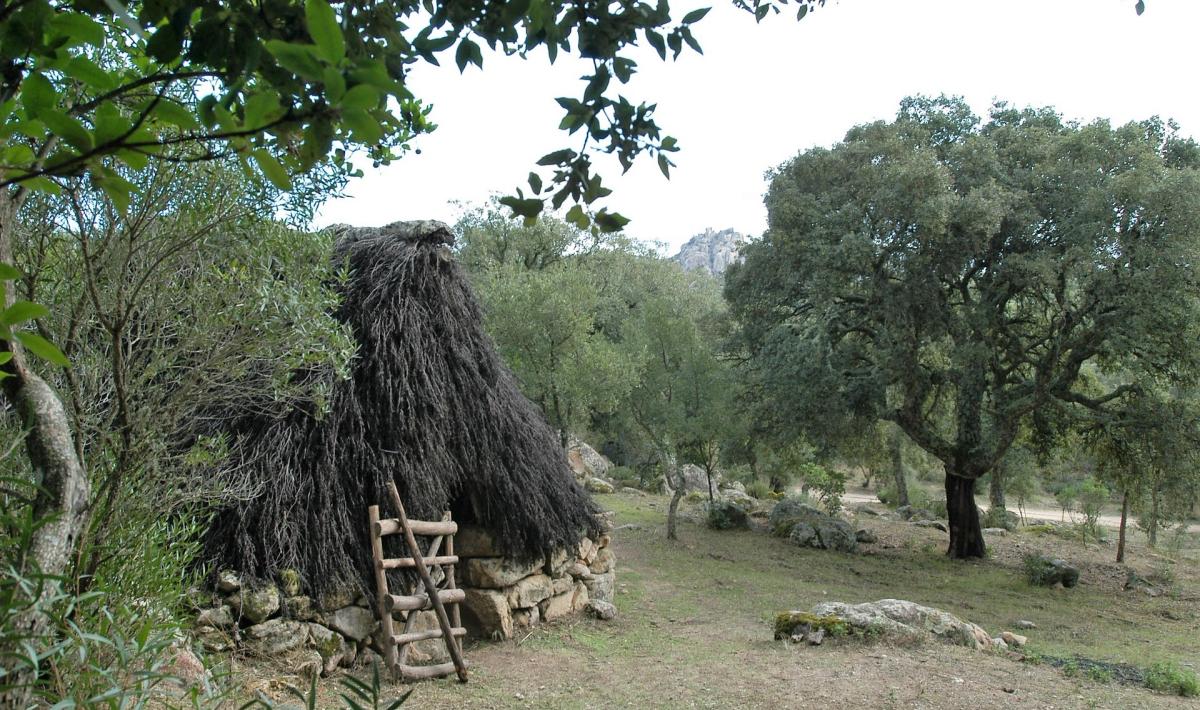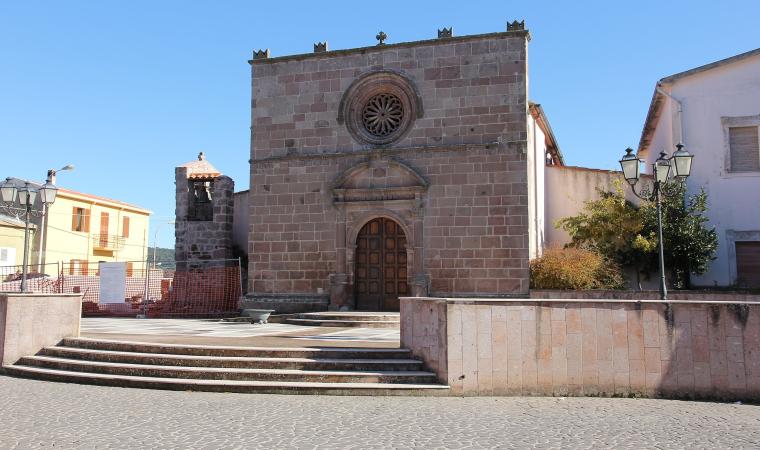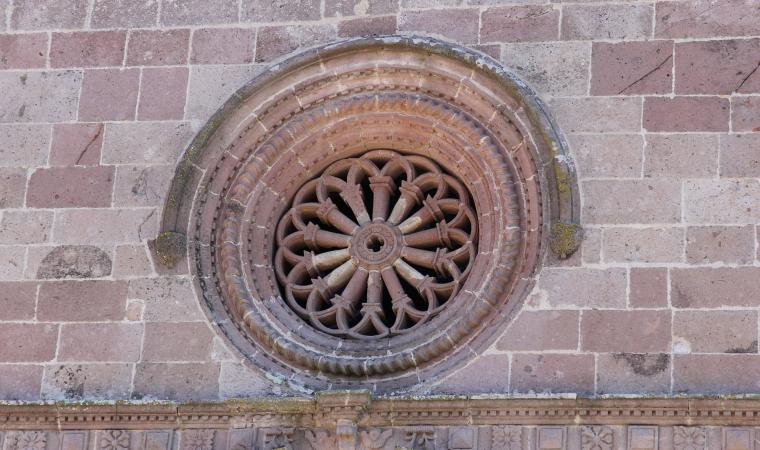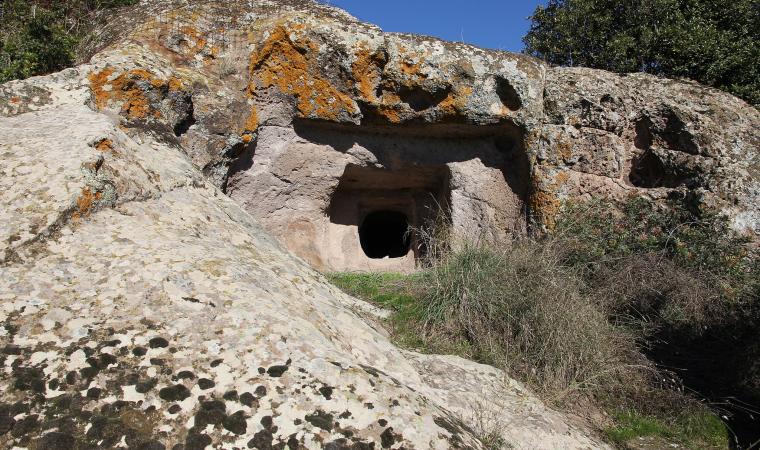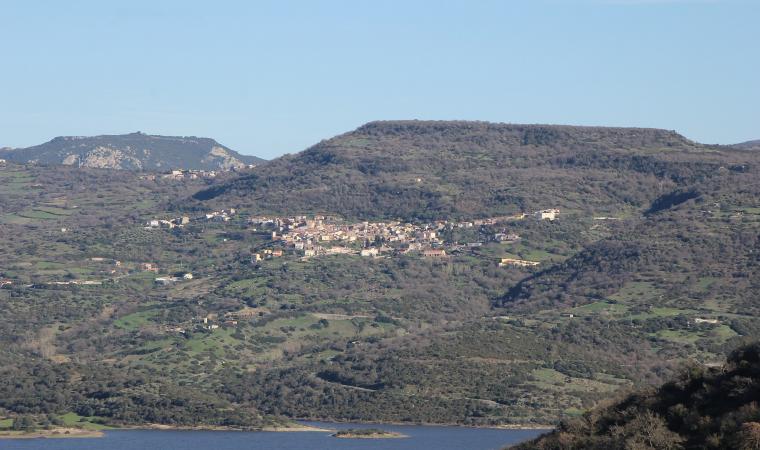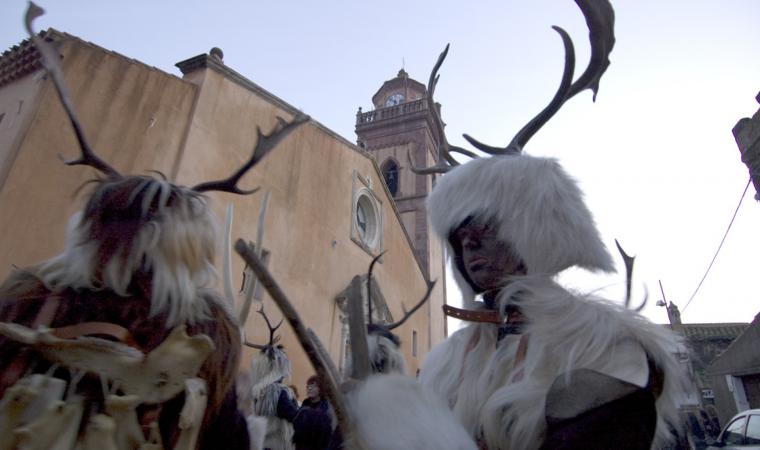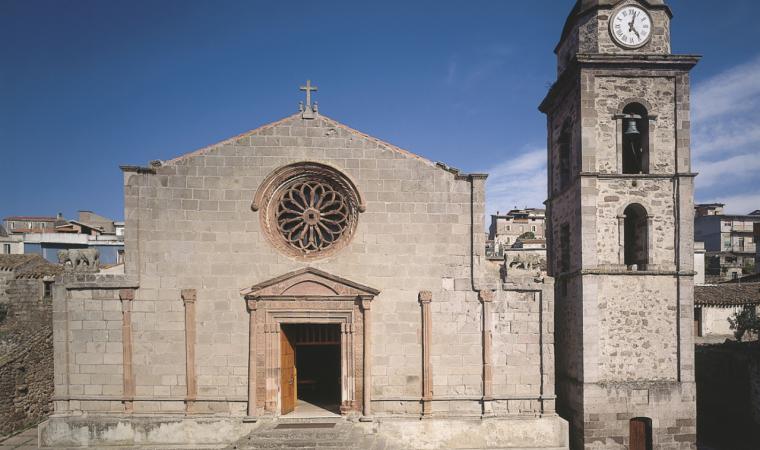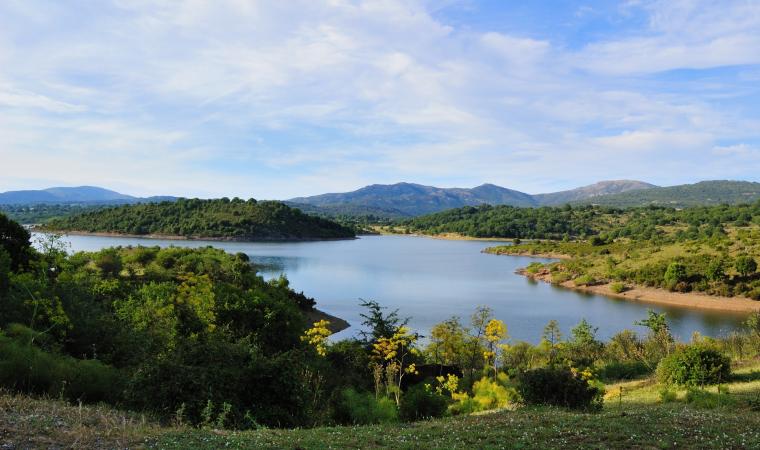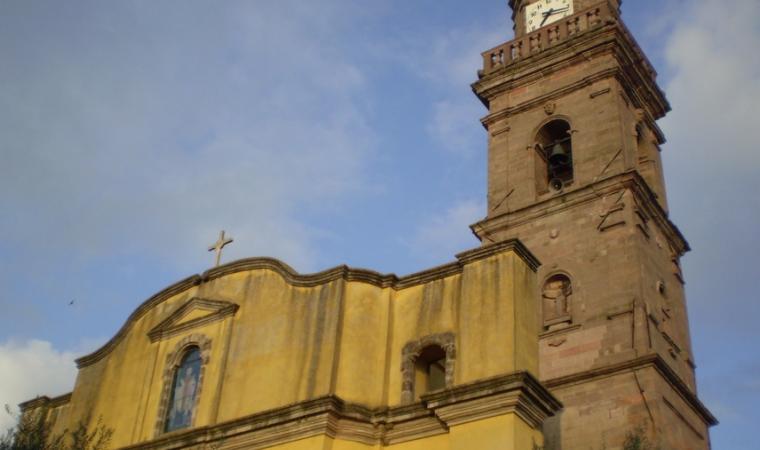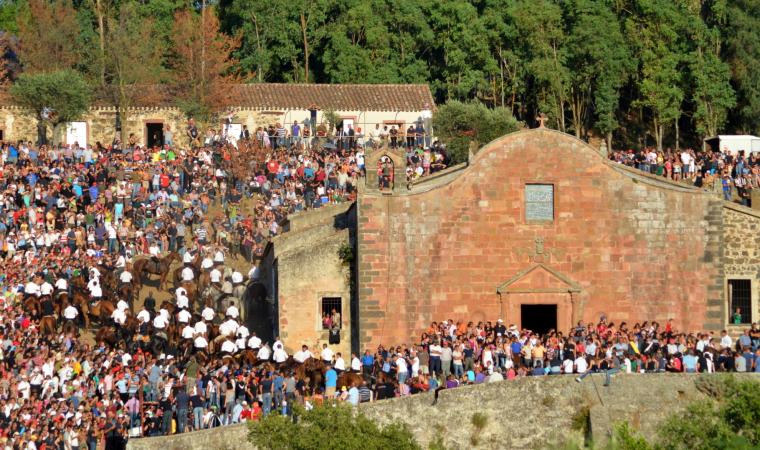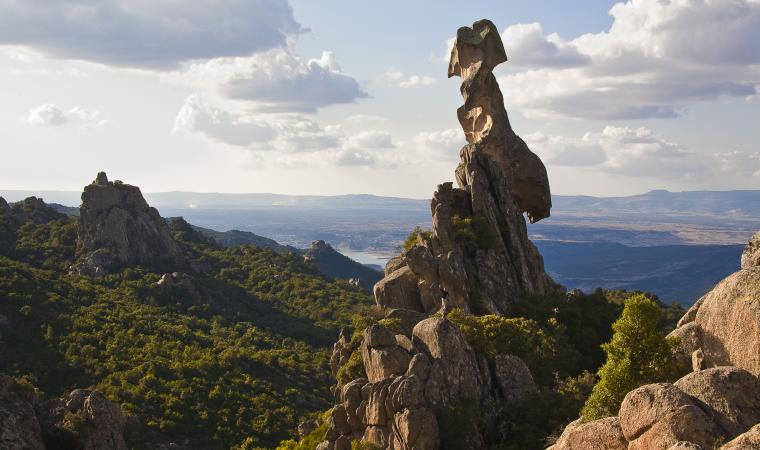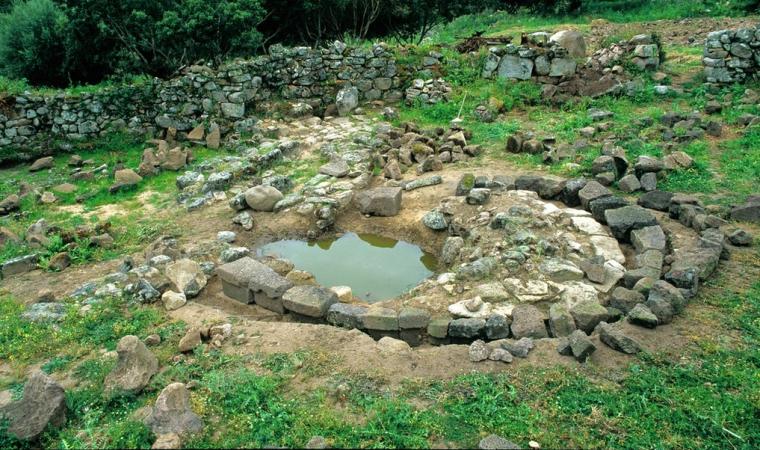A green lung made up of woods filled with holm and cork oak trees, interspersed with granite pinnacles, an area that once supplied coal to all of Sardinia and today preserves and protects indigenous vegetation and wildlife, as well as being home to an interesting museum. The Assai oasis extends for almost a thousand hectares between the territories of Neoneli and Nughedu Santa Vittoria. An ancient coal pit bears witness to the activity that thrived here, alongside the production of cork, until the 20th century. In 1983 the state forestry department took it over and Assai is now a permanent wildlife preservation zone. Today Sardinian deer, wild boar, fallow deer, wild cats and martens have made it their habitat. Among the birds, you may well spot some endemic Sardinian-Corsican species such as the sparrowhawk and the great spotted woodpecker, as well as rock thrush, raven and Sardinian partridge. For a few years now, even the golden eagle has returned to nest at the oasis.
You can also visit the wildlife museum housed in an ancient shelter once used by shepherds deep in the heart of the naturalistic reserve. The exhibition features stuffed specimens of the local fauna – mammals, birds and birds of prey – among which a golden eagle stands out set in a diorama that represents the forest. There is also a collection of minerals and fossils from all over the island. Outside, besides the coal pit, you can also visit a characteristic pinnettu.
The vegetation here is also extraordinary: you will admire species typical of the Mediterranean brush, such as arbutus, ivy and lentisk, as well as flowers, in particular cyclamen, hawthorn, Spanish broom, lavender and wild orchids. The woods have paths you can follow either on foot, mountain bike or on horseback, with numerous panoramic points along the way to enjoy. One of the trails goes by the vista point of Borta Melone, at almost 900 meters above sea level, then by an artificial lake, finally leading to the natural monument of sa Crabarissa, a 50-metre-high granite rock whose shape resembles that of a woman in traditional Sardinian dress. An aura of legend surrounds her: the Crabarissa – meaning a woman from Cabras – was a girl engaged to a shepherd from Austis. When the shepherd left the town of Sinis to return to his own village, she stayed behind to wait for his return. When she became aware that days had gone by since she had heard from him, she went to Austis only to discover that he had married another. On her return home, the searing pain turned her to stone.

